The first 27 operational satellites for Amazon's Kuiper broadband network lifted off from Florida's Space Coast on Monday evening, the opening salvo in a challenge to SpaceX's dominant Starlink global Internet service.
Amazon's Project Kuiper, costing up to $20 billion, will beam high-speed, low-latency broadband signals to consumers around the world. Monday's milestone launch kicks off a test campaign in low-Earth orbit to verify the functionality and performance of Amazon's satellites. In a statement earlier this month, Amazon said it planned to begin providing service to customers later this year.
These initial services are likely to have limited reach. Amazon needs more than 80 launches to complete the first-generation Kuiper network, and this will probably take several years.
Amazon's first 27 satellites soared into orbit from Cape Canaveral Space Force Station, Florida, aboard a United Launch Alliance Atlas V rocket. The Atlas V flew in its most powerful configuration, with five strap-on solid rocket boosters and an extended nose cone to accommodate the Kuiper satellites. Amazon's 27 spacecraft added up to become the heaviest payload ever launched by an Atlas V in 102 missions.
A first step in a long journey
The 205-foot-tall (62.5-meter) rocket lifted off at 7:01 pm EDT (23:01 UTC) Monday and headed northeast from Cape Canaveral. In the first five minutes of the flight, the Atlas V jettisoned its five boosters, payload fairing, and kerosene-fueled first stage. A Centaur upper stage took over to accelerate the rocket to orbital velocity, approximately 17,000 mph (7.6 kilometers per second).
United Launch Alliance ended its live video coverage of the mission a few minutes after the launch at the request of Amazon, which insisted on a level of secrecy normally reserved for spy satellites. Amazon has not publicly released any photos or illustrations of the Kuiper satellites, breaking from the convention established by other Western companies with megaconstellations.
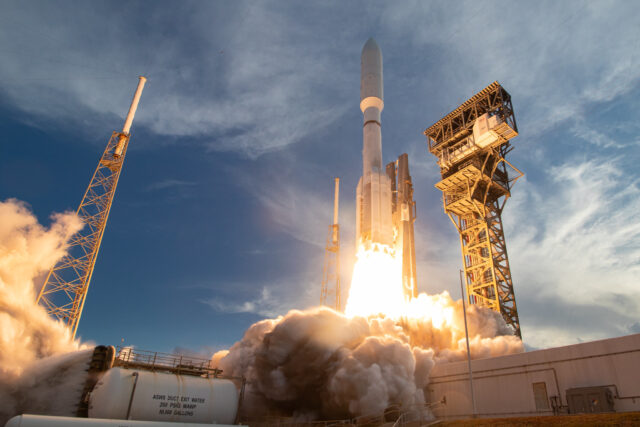
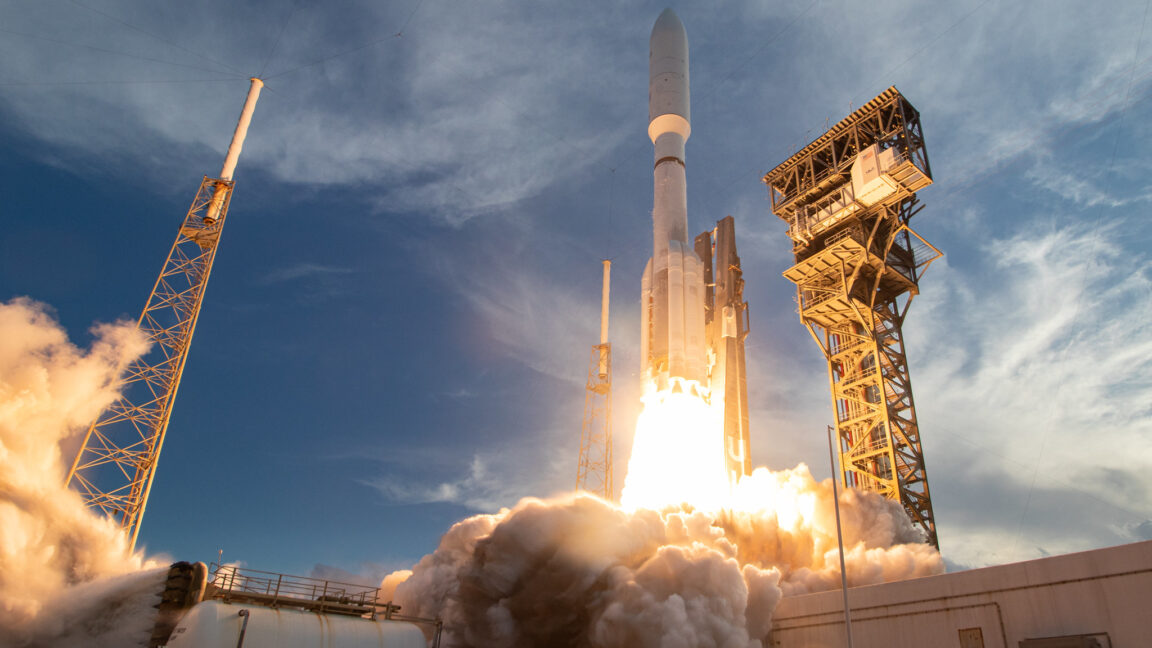
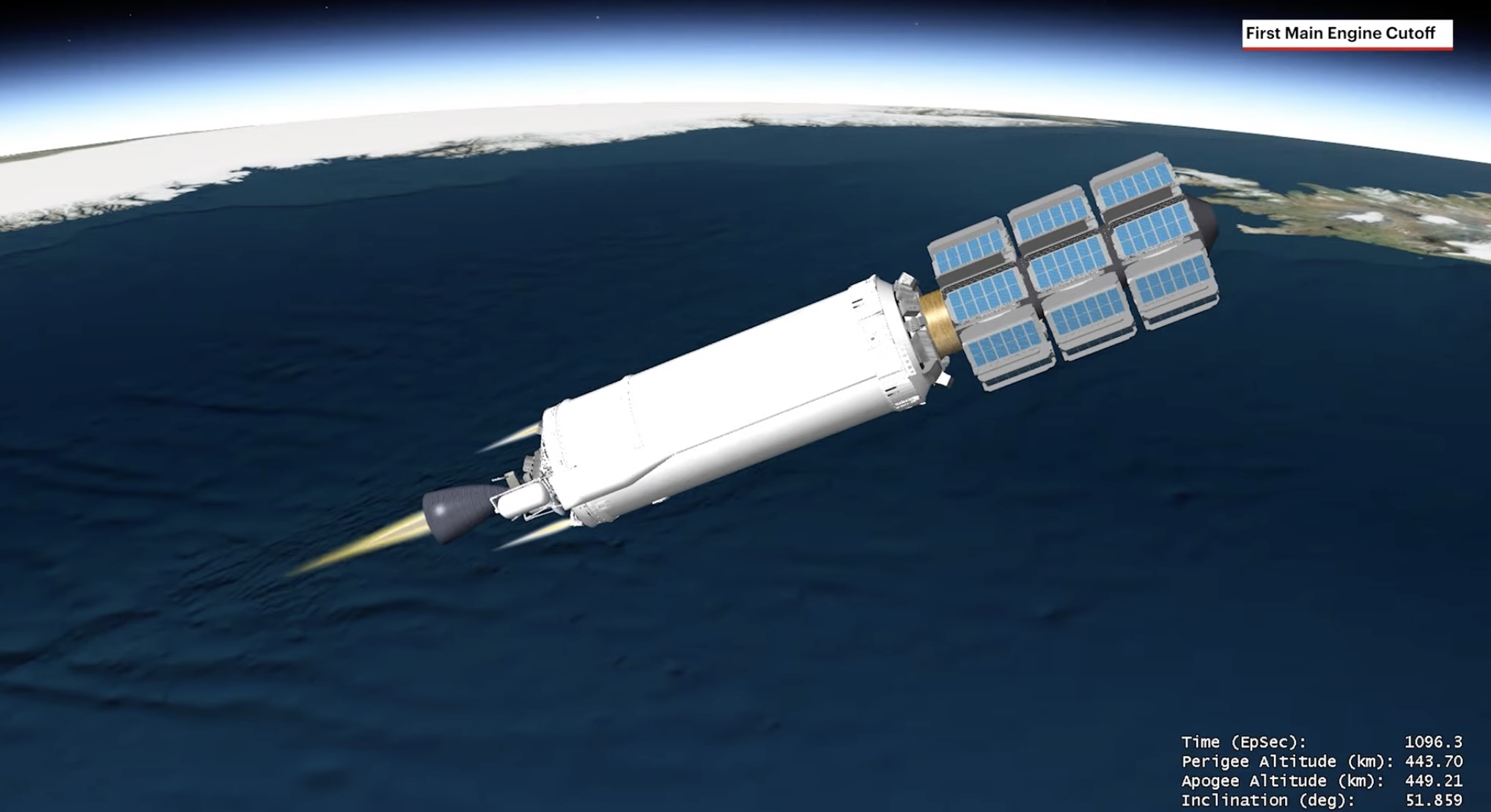
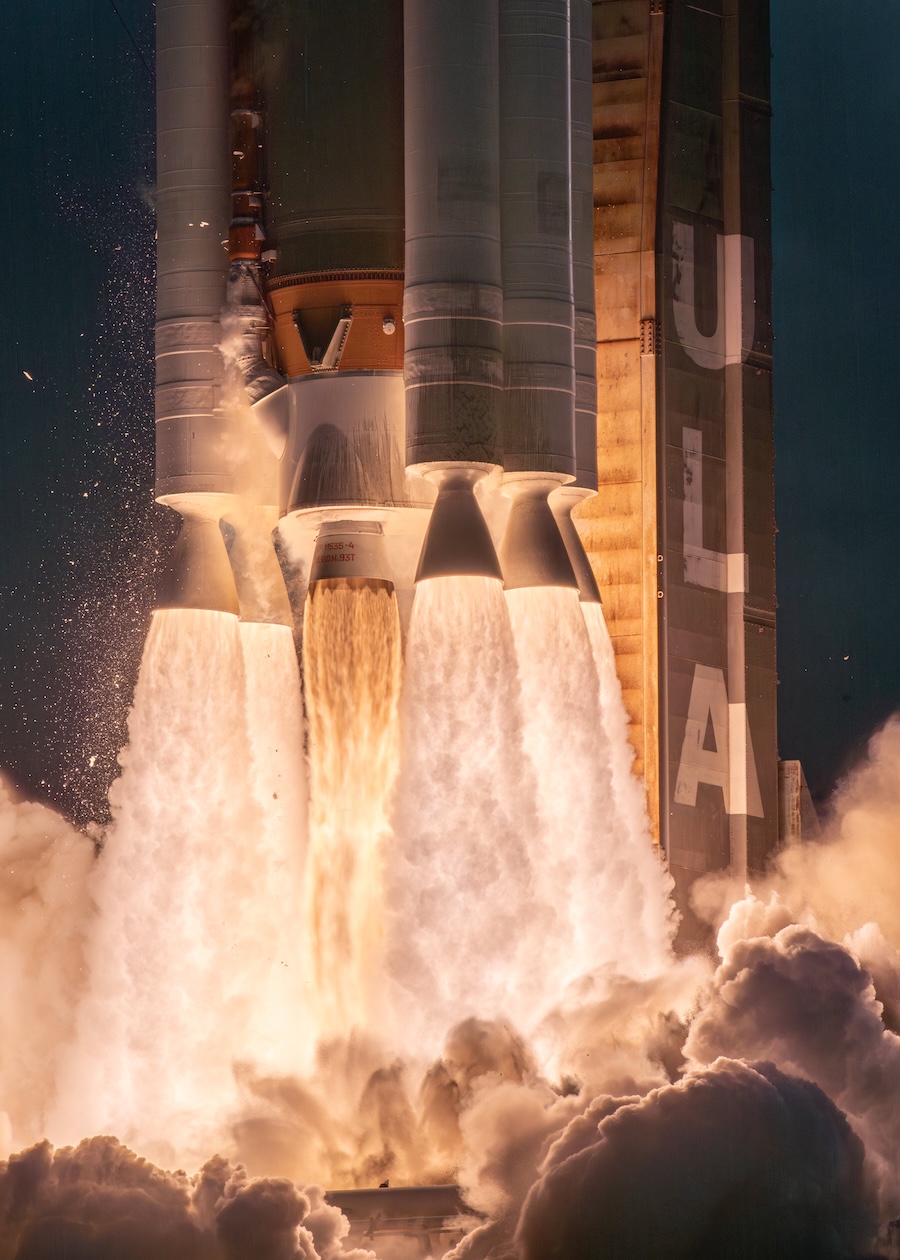
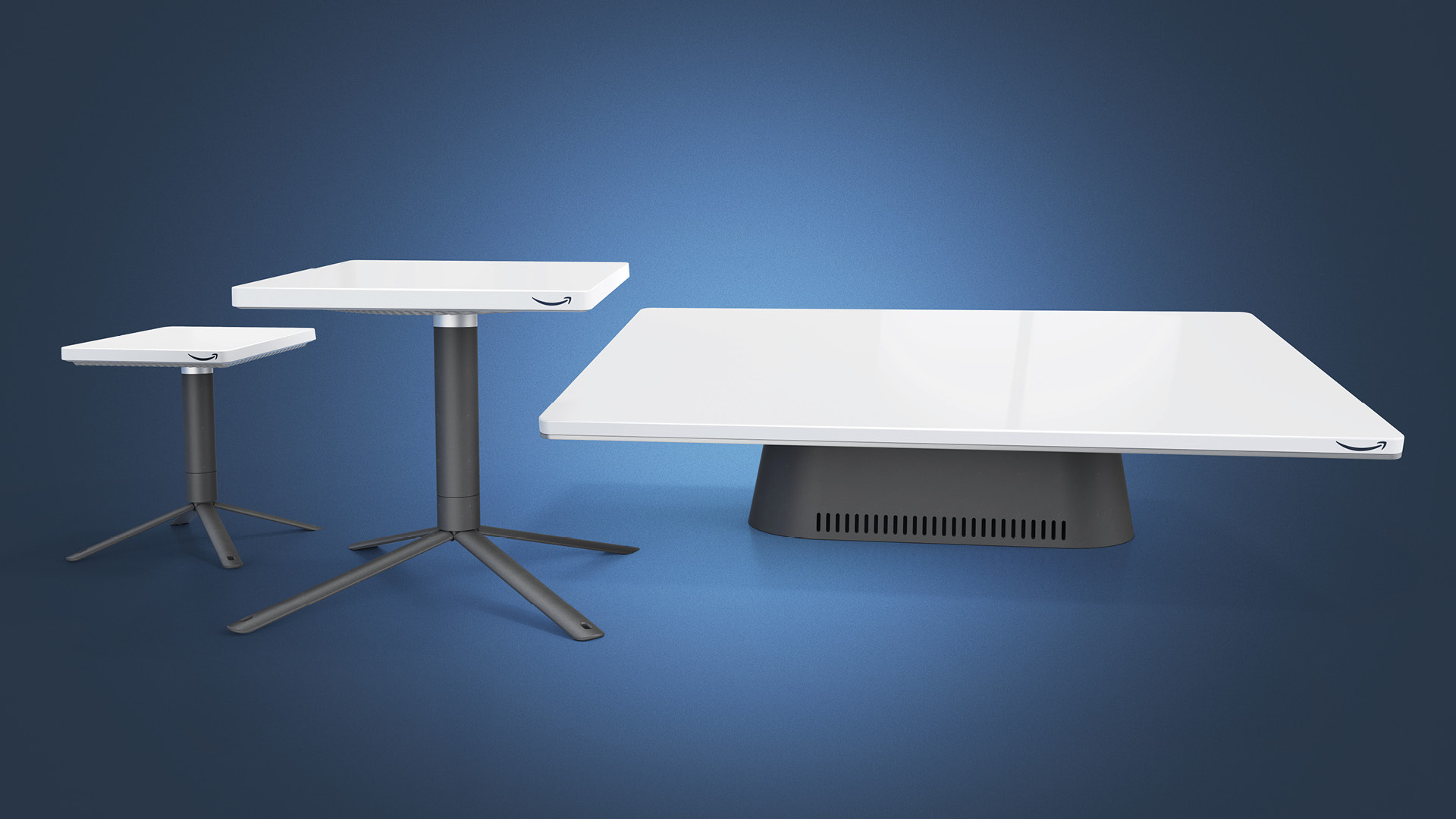

 Loading comments...
Loading comments...
